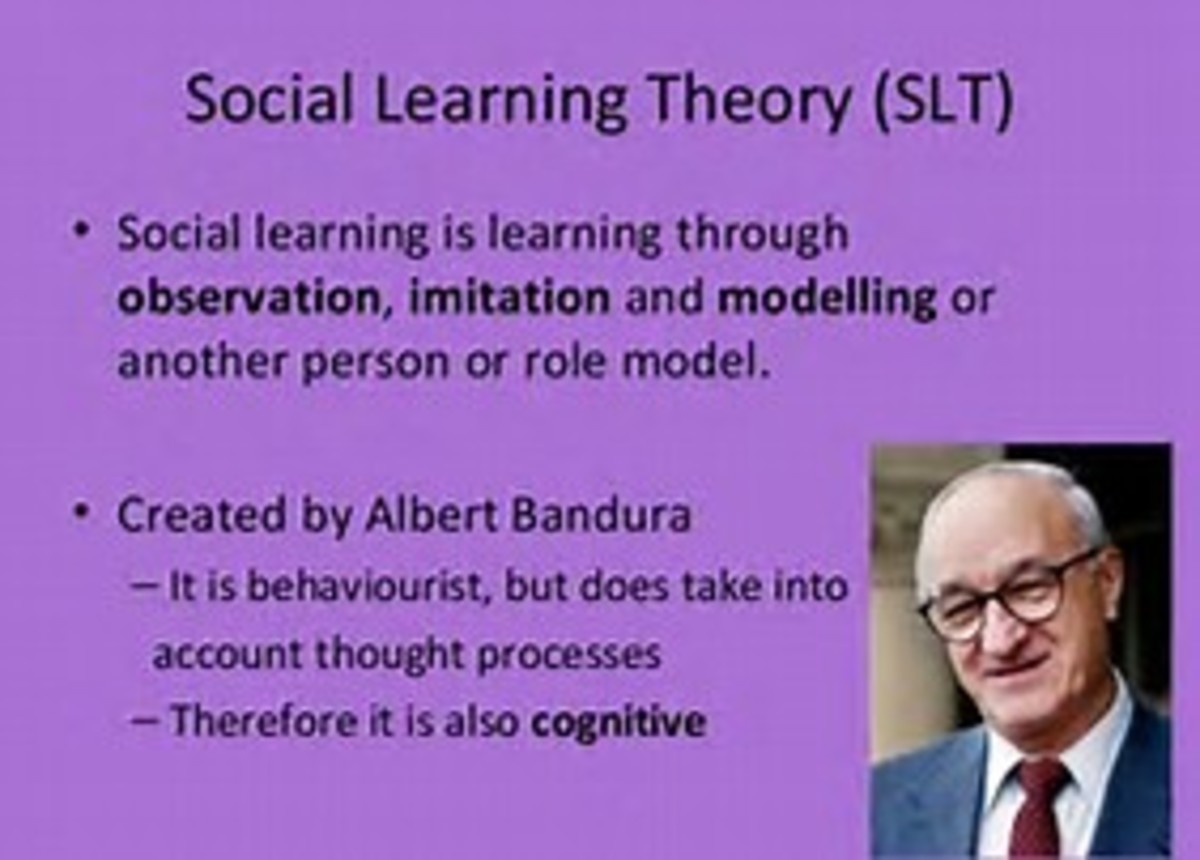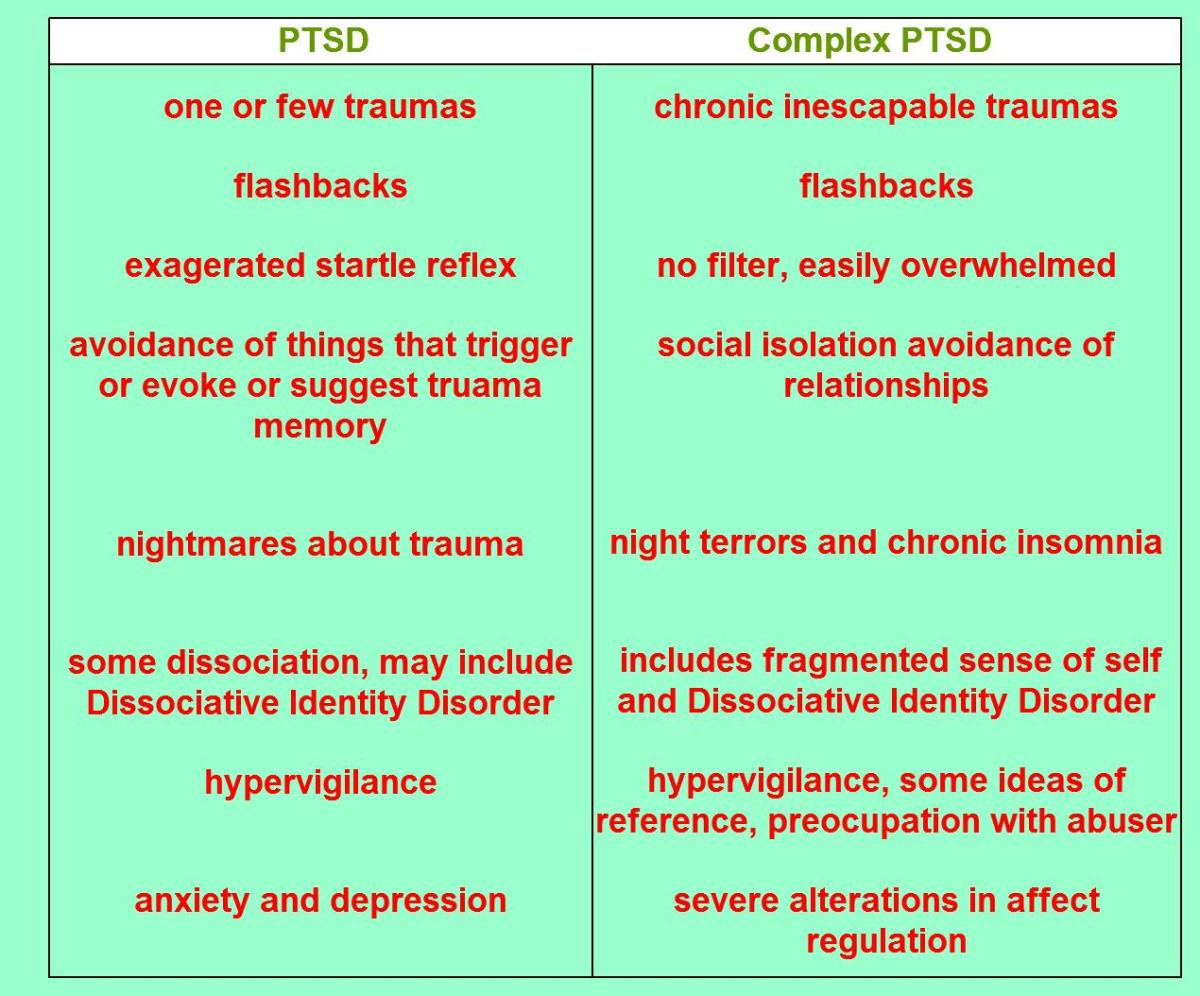Types of Psychotherapy: Psychodynamic Psychotherapy

Introduction
Psychodynamic psychotherapy is a type of psychotherapy that probably conforms best to most people’s internal image of therapy. However, the reality today is a far cry from the stereotyped images of a patient coming in, lying down on a couch, and talking for an hour about her mother while the therapist sits silently nearby. Psychodynamic psychotherapy does trace its roots to the words of Sigmund Freud and the many therapists who followed in his footsteps, but it has changed extensively since that beginning to take into account new information based on research into the brain, mental functioning, and mental disorders. Over time many clinicians have contributed to psychodynamic theory, among them Anna Freud, Melanie Klein, D.W. Winnicott, Otto Kernberg, Heinz Kohut, John Bowlby, Mary Ainsworth and many others. Modern practitioners such as Peter Fonagy, Nancy McWilliams, Glen Gabbard and Jonathan Shedler continue to expand our understanding of how our minds and brains function and how mental illness can be treated. Some practitioners are tied to a particular school of thinking based on the ideas of one or more of these clinicians but most providers today recognize that a complex and holistic view of mental functioning is necessary to address mental illness.
The basic assumption of psychodynamic psychotherapy is that emotional suffering and dysfunctional behavior is derived from unconscious mental functioning. Dysfunctional behavior is behavior that doesn’t meet a person’s goals; a common example would be the person who habitually says yes to every request from an authority figure despite being overwhelmed and exhausted already. Unconscious mental functioning refers to thoughts, mental habits, beliefs and memories of which the person is not aware. The goal of psychodynamic psychotherapy is to first bring these problematic but unconscious mental functions into the patients awareness and then to assist the patient in making real life changes that bring about relief of suffering as well as an improved ability to function in daily life. So how does that actually happen? As with all psychotherapy, it’s a learning process.
Modern Psychodynamic Psychotherapy
In a modern psychodynamic psychotherapy session the patient and therapist both sit facing each other. There is not an agenda for the session and the patient is invited to speak whatever is on his mind. The patient may speak about thoughts, feelings, past or present life events or even dreams. While the patient speaks the therapist is actively listening for patterns of thoughts and behaviors in the patient’s life as demonstrated by the patient’s comments and will bring these to the patient’s attention. Sometimes a patient will actually demonstrate one of these patterns in the context of the therapy session. To go back to our example, a person who continually says yes to authority figures despite being overwhelmed may say yes to the therapist asking to reschedule a session, even though the rescheduled session isn’t convenient or desirable. The word often used for this type of demonstration is transference, which means that the patient is transferring old beliefs and expectations about authority figures, built in the context of other relationships, onto the therapist. It’s the therapist’s job to notice that this has happen and then use it to help the patient see the pattern and then begin to make a change. The therapist might then encourage the patient to speak up about not wanting to reschedule a session and work with the patient to find some solution that works for both parties.
Resistance is another commonly used word in psychodynamic psychotherapy. Resistance means that for some reason the person is blocked from some step in the process of making a change. The block can be from recognizing the pattern, from being able to know the beliefs and feelings that are driving the pattern, or from taking steps to change the pattern once it is known. Resistance is very normal, because change is hard and often frightening. Part of the therapist’s job is to identify resistance and help the patient get through it. To continue the example, the patient above might have become aware of their tendency to say yes to authority figures through the interaction above, but might still have trouble speaking up to request a more convenient rescheduled time. The therapist would hopefully notice that the patient is having difficulty speaking up and gently and respectfully inquire about why. The therapist may even encourage the patient to say no to the therapist, in the hopes that this good experience in saying no will help the patient say no when needed in day-to-day life. This process may be repeated multiple times as the patient slowly tries out a new way of approaching authority figures and finds that saying yes all the time is not the only possible way to respond to life. Gradually the patient is able to say no with confidence when needed and experiences less suffering and greater pleasure in life.
Research in Psychodynamic Psychotherapy
- Redirect Page
The Efficacy of Psychodynamic Psychotherapy by Dr. Jonathan Shedler. Published February-March 2010 in American Psychologist. - PsychiatryOnline | American Journal of Psychiatry | The Effectiveness of Psychodynamic Therapy and C
The Effectiveness of Psychodynamic Therapy and Cognitive Behavior Therapy in the Treatment of Personality Disorders: A Meta-Analysis - JAMA Network | JAMA | Effectiveness of Long-term Psychodynamic PsychotherapyA Meta-analysis
Effectiveness of Long-term Psychodynamic PsychotherapyA Meta-analysis
Research Base and Finding Treatment
Psychodynamic psychotherapy tends to be a much longer treatment than cognitive behavioral therapy or interpersonal psychotherapy, two other well-studied forms of psychotherapy treatment. It will usually run for more than six months and treatments that extend several years are not uncommon. This type of treatment can be more intense and emotionally challenging for some patients, and so it isn’t recommended for everyone or for every type of mental illness. As a treatment, psychodynamic psychotherapy aims to change longstanding, deeply engraved patterns of behavior that are harming a person. The process of doing this is both lengthy and at times very painful. Research shows that long term psychotherapy is most indicated for certain types of complex mental illness (illnesses that are currently defined as personality disorders, multiple co-occuring mental illness, and chronic anxiety or depressive disorders that have not responded well to briefer forms of therapy). There is a significant amount of medical research supporting the effectiveness of this type of treatment although at times it can be difficult to get insurance companies to pay for it. I have included some links to medical studies that demonstrate how effective this treatment can be. The article by Dr. Shedler also includes a discussion of the characteristics of psychodynamic psychotherapy and is well worth reading if you have further interest in the topic.
If you are looking for a therapist who practices psychodynamic psychotherapy a good place to start is at a psychoanalytic institute. Although the practice of psychoanalysis is different than psychodynamic psychotherapy much of the theory behind the two treatments is the same and many training programs for psychodynamic psychotherapy take place within a psychoanalytic instutitute. These institutes do tend to be found in larger cities, but often will list directories of members who are capable of providing psychodynamic psychotherapy. I would suggest starting with a simple online search engine query of "psychoanalytic institute <your city>." If you don't live near any institutes I would suggest a query of "find psychodynamic psychotherapy" and proceed from there, but expect to do some looking. The website www.goodtherapy.org also has a section on psychodynamic psychotherapy with an option to search for a psychodynamic psychotherapist. As with any effort to find a psychotherapist, an important step is meeting and interviewing the therapist to decide if you can work well with them. This type of psychotherapy is time intensive and emotionally demanding, but for some patients it can be not only life-changing but also life-saving.






